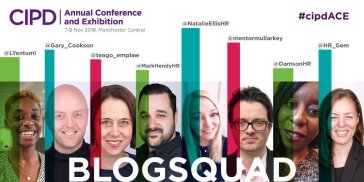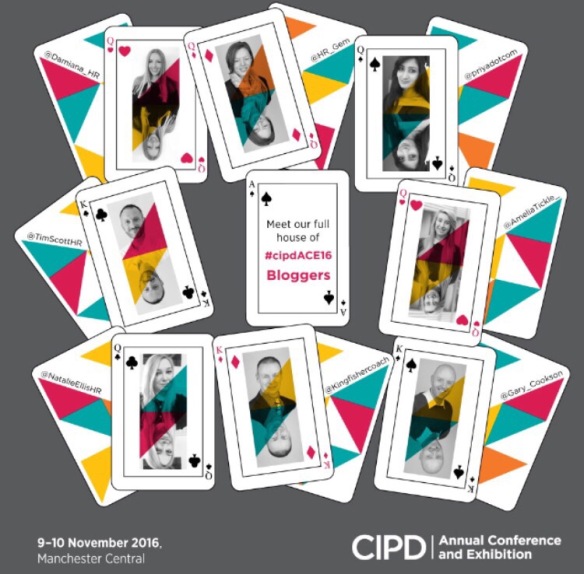John Amaechi believes that HR is increasingly becoming the moral compass of an organisation, with a responsibility to preserve organisational integrity. I really don’t know how I feel about this. On one hand there have been times during my carer that I’ve been the person in the room arguing from feeling, arguing for the right thing to do. But should we need a moral compass? What does it say about our organisations if we do? Should integrity be the role of a department – or everyone’s responsibility?
This talk is about how we humanise our workforce to develop healthy and ethical organisations. I’ve never liked the ‘resources’ part of HR. It’s not how I think of people, it’s not how I want people to think about me. So I’m listening.

This is what John has to say.
We are custodians of culture. Senior colleagues often think that our job is to create compliance, procedure, policy, legal frameworks. We know that stress is everywhere. People are constantly talking about AI and robotics. These conversations seem to be about making robots who look and behave like humans. Think about what we already have – Alexa and Siri. We have gendered AI right from the beginning. We aren’t asking Alexa to tackle the big problems, just to turn the lights on and off.
We are turning our people into things in our workplace. We are allowing it to happen. It is being caused by our environments and our leaders.
All too often we treat our people like vending machines. Like job descriptions. We make them feel invisible. We don’t see them or hear them unless we need something from them. Do this, do that. We don’t see them as individuals, but we so need to do so.
Go on any company website. They will all say the same sort of thing about their values. About how they are diverse and inclusive. That want people to feel engaged. They want innovative thinking. We have a great working environment at our place.
These are supposed to illustrate what it is like to be in our organisations. As people who work with people, we have to maintain some congruence between the rhetoric of our statements and the reality. How many people believe their company values – research suggests about 27%. For many, the promise and the experience are disparate.
If we are in a relationship with someone and the lie to us, we leave. If we promise values, experience, but then do not deliver, people will move on.
We have values, but then allow people to behave like jerks and not live them. We allow people to poison these values. If managers allow or create toxic environments, we will remember, we will not forgive them.
HR must be the custodian. We have organisations that are saying the right things, now it is time to make sure we live up to them.
Right now, disruption roars around us. Leaders that roar should be resisted. It is tempting at times of disruption to look to autocrats, people who a strong, give orders. There are still too many people like this in senior positions.
You are more powerful in HR than you think. People may want to put you in your place. We may think that our actions are inconsequential. This isn’t so. People will look to us to set the tone and live the values in our organisation. We have a dual responsibility to not only do our jobs but deliver the promised experience.
Because no one will work for someone that lies to them. This is how we reverse the trend of low productivity, low engagement. We have to do this all the time.
We cannot predict and prepare for the important moments. We cannot always see them coming, we do not even always know when they happen until after they have gone. We must always be vigilant and mindful.
We must always make time to connect with people. Give them moments of our time. Human connection is what will make us thrive, not policy and procedure. Whether we see each other as real people. We must demand it of ourselves and our colleagues, all the time.
I loved this session. It was delivered with humour and style, and personal reflection. There were no slides (I love this). There is nothing to disagree with.
In HR we have a unique position. We can create the culture. We might not always think that we can, but we do have influence – perhaps in ways we do not always appreciate. Whatever our context and situation, whatever our organisational power, there is something else that we can do – we can role model. I know it is a cliché, but we can truly be the change that we want to see – at work if not in the whole world. Even if the people around us don’t live the values, we can. Even if the people around us don’t uphold an ethical approach, we can. Whether we realise it or not, people will look to us, will see our shadow.
If I didn’t believe these things, then I wouldn’t do the work that I do.
It is also a cliché to talk about putting the human into human resources. But after listening to this talk, it doesn’t suddenly feel quite so stale.
This is a live blog post. Please ignore any typos!








